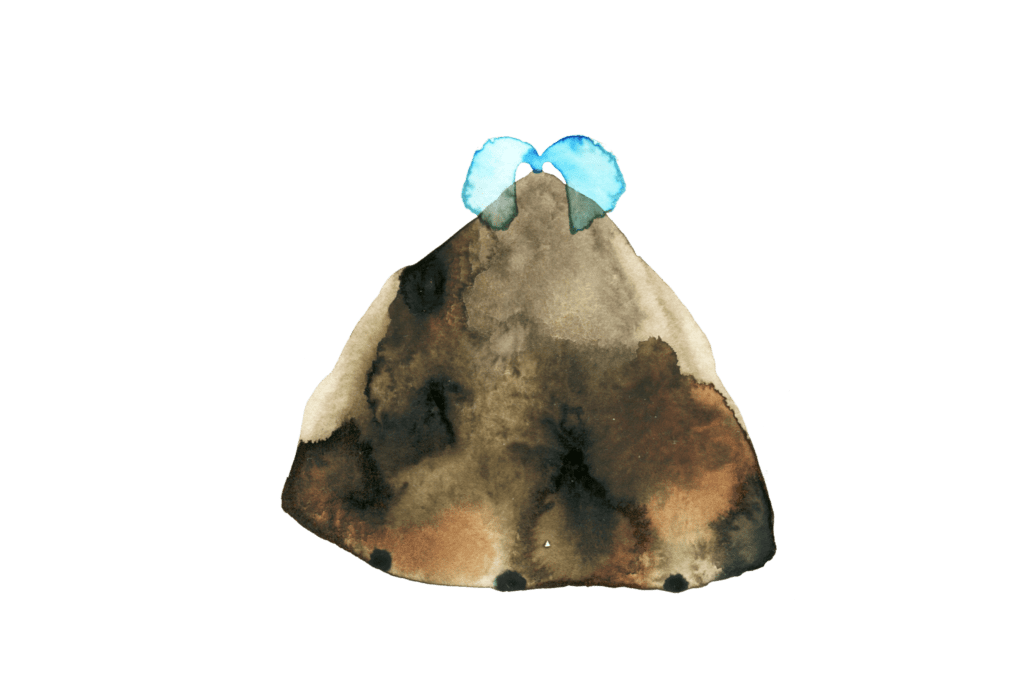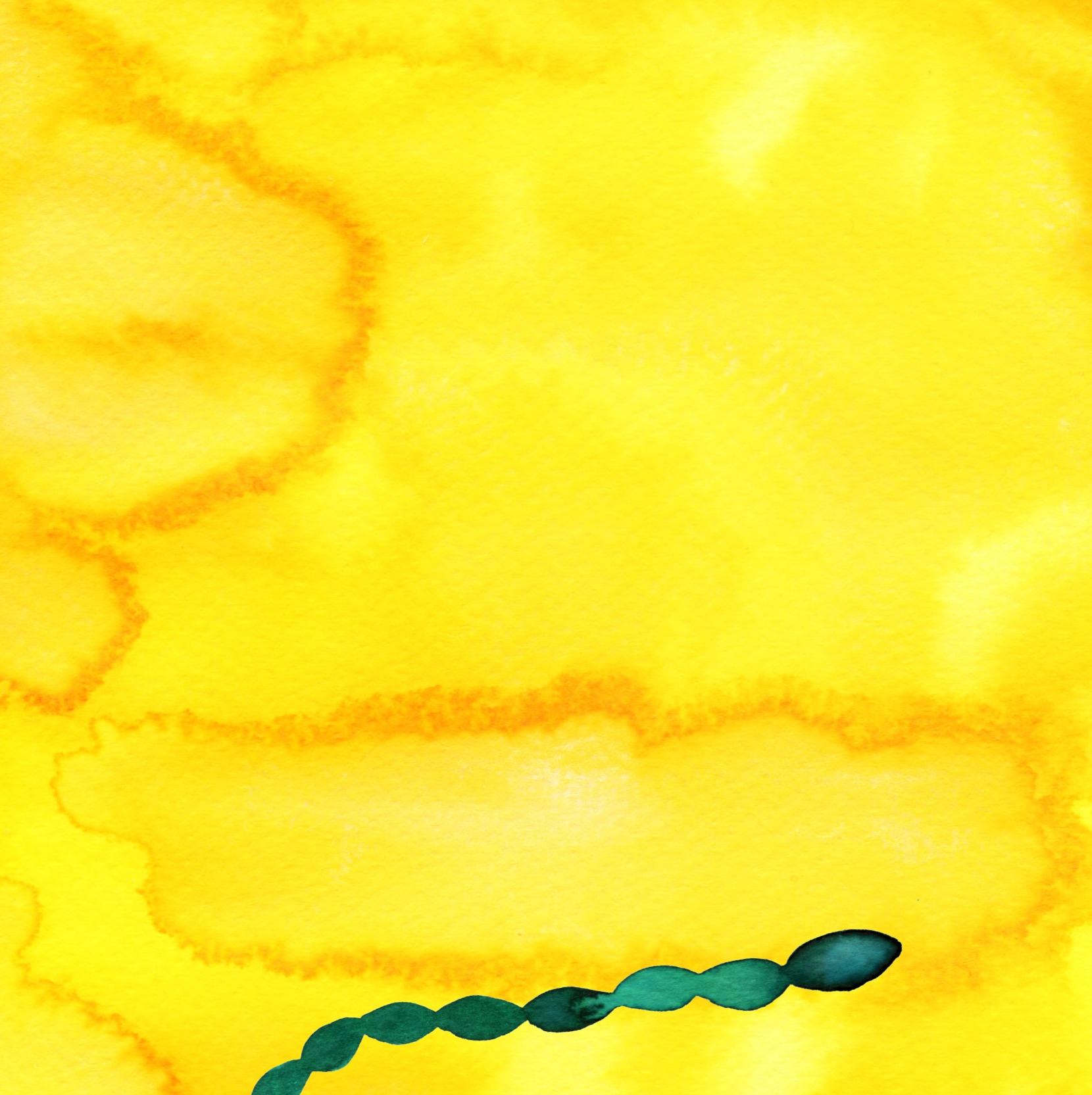
There are many potential futures, and the probability of them becoming a reality can be affected by personal action. This chapter is about imagining different futures and expanding what is imaginable. What kind of future do you dream about? What do you think a sustainable future looks like?
Table of Contents:
Warm-up Exercises
A Place where I’d Like to Be
Poll: My Thoughts about the Future
An Oral “Continue the Story” Game about the Future
The Happiness Round
“My Thoughts about the Future” Sentences
Main Exercises
A Letter from the Future Me
Letters to Future Generations
A Utopia of a Sustainable City
The “Decisive Moment” Dialogue
Inventions of the Future
Warm-up Exercises

Aims:
The aim of the sustainable future warm-up exercises is to
create in the group a safe and encouraging atmosphere
and inspire the participants to observe their own thinking
about the future. Lower and upper secondary school:
the exercise develops the transverse competences aims
thinking and learning to learn; cultural competence, interaction
and self-expression; taking care of oneself and managing daily
life; participation, involvement and building a sustainable future;
well-being competence; ethical and environmental competence
and societal competence. Literary art basic education: the
exercise develops the aim of own voice as a writer – the
exercise invites the learner to verbalize their thoughts on
future and expands the limits of imagination.
In a Group:

A Place where I’d Like to Be
(10 min)
Where on the map of the world would you like to be right now? Imagine that the room you’re in represents the map. Everyone goes to the position on the map where they would like to be. After this, everyone tells in a few sentences which place they have chosen and why. In groups that enjoy creative writing, you can also describe your destination using various senses: what does it look, feel, sound, smell, or taste like?

Poll: My Thoughts about the Future
(5 min)
The group stands in a circle. The teacher instructs: “Next, I will read to you some statements related to environmental issues and the future. If you agree with a statement and wish to share that opinion with the group, take a step forward. After each statement, take a quick look around so you can see what kinds of views on future are represented in our group. If you took a step forward, return to your place before the next statement.” (If the group is sitting down, standing up can be used instead for taking a step forward.)
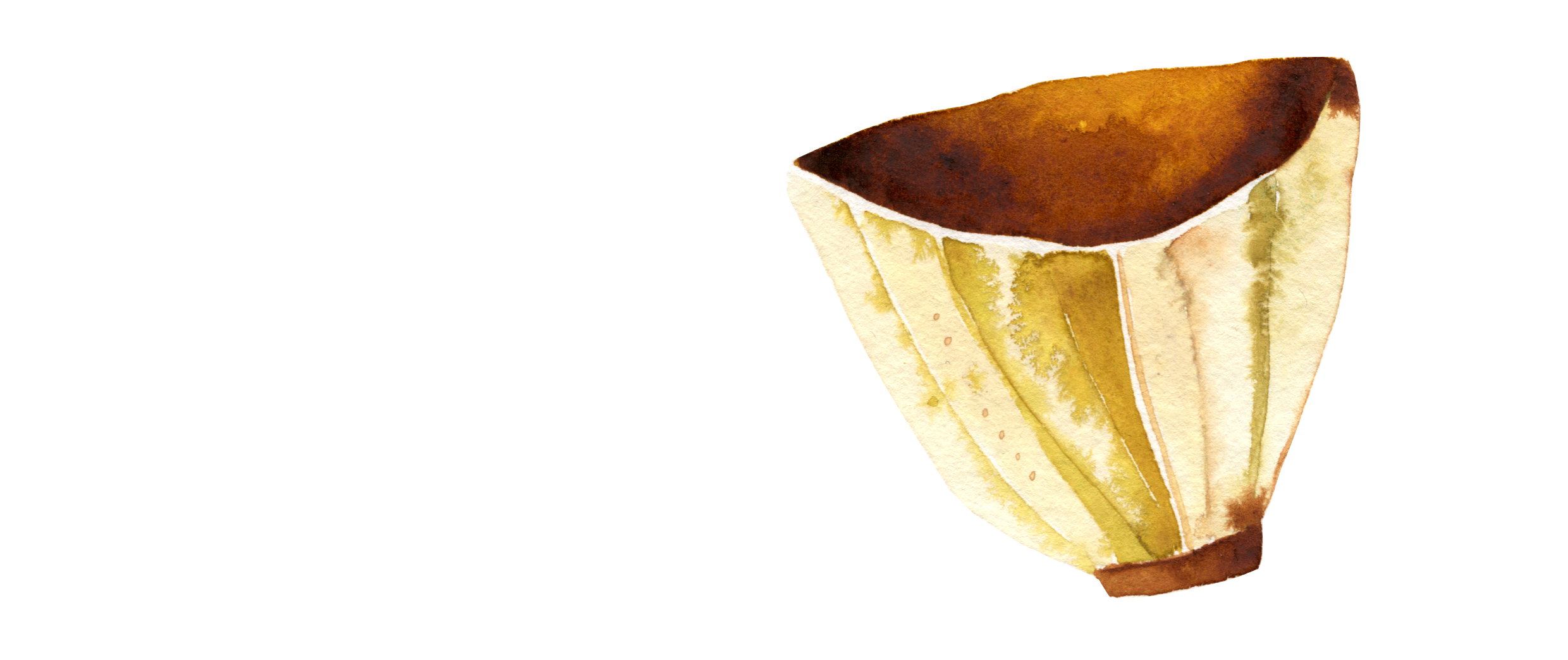
The statements:
– Being out in nature often brings me joy.
– I am sometimes worried about the way we treat nature
and animals.
– Sometimes I feel that I would not want to think about
climate change.
– I believe that my home country will be carbon neutral
by 2035.
– Big corporations are responsible for the environmental
crisis.
– We are all responsible for the environmental crisis.
– Sometimes I feel guilty about my consumer choices.
– Politicians should make more daring decisions to
mitigate climate change.
– In regard to the environmental crisis, the most
important thing is to protect biodiversity.
– In regard to the environmental crisis, the most
important thing is to develop technological solutions
to problems, for instance to increase the production of
renewable energy.
– It is important to be prepared for extreme weather
phenomena and other such upheavals, because the
planetary
situation on Earth is so grave.
– For me, the most important thing is to live to the fullest
in this moment without worrying about the future.
– I believe that I can have control over my own future.
– I believe that the environment, for instance the
changing climate or political situation, has the greatest
impact on the way my future turns out.
– I believe it is possible to live a meaningful life in the
future.
The exercise is based on the ideas presented on the Luonto ja tunteet website (https://www.luontojatunteet.fi/) and it has been further developed for this teaching material by Henna Laininen.

An Oral “Continue the Story”
Game about the Future
(10 min)
Prime everyone’s imagination by telling improvised, three phrases long stories as a group. Each participant takes a turn: The first participant starts with a sentence that begins “In the future…”, the next one continues with a sentence that begins “Yeah, and…”. The idea is to accept the previous ideas, let your imagination fly free, and say the first thing that comes to your mind. For example:
Participant 1: “In the future, summers will be really hot and because of that, people will wear swimsuits as street clothes.”
Participant 2: “Yeah, and the demand for swimsuits will be so high that shops will run out of them.”
Participant 3: “Yeah, and people will begin to modify their old winter wear into swimsuits.”
To wrap up the session, the participants may discuss, either with the entire group or with the person sitting next to them, whether any of the stories represent a particularly likely or unlikely vision of the future.

The Happiness Round
(10 min)
Participants take turns, answering the questions “What makes me happy?” and “What do I wish I had more in my life?”. An alternative method for groups that enjoy creative writing: The teacher records a “recipe for happiness” on the board, based on ideas from the group. Each participant contributes on their turn one ingredient they deem necessary for their happiness. For example: “Three tins of walks with a friend”, “a pinch of adventurousness”.
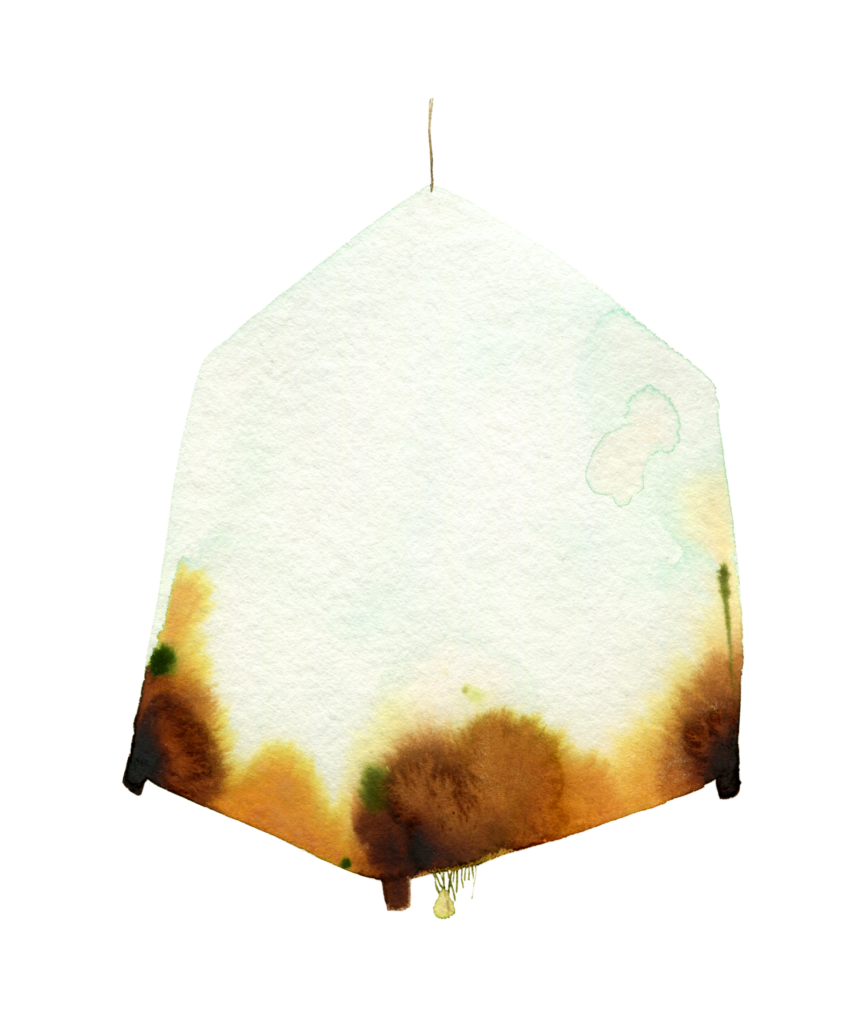
Alone or in a Group:

“My Thoughts about the Future”
Sentences
(10 min)
Continue the following sentences with the words that first spring into your mind:
I’m sometimes worried that…
I wish that in the future…
The politicians should…
The big corporations could…
The environmental issues will be solved…
I believe that I can have an impact…
When I’m out in nature…
I am happy when…
I wish my life had more…
After the exercise, examine the sentences you have written. Do you identify thoughts or ideas that repeat often? Is there something you would like to change? Which part gives you strength when you read it?

Main Exercises
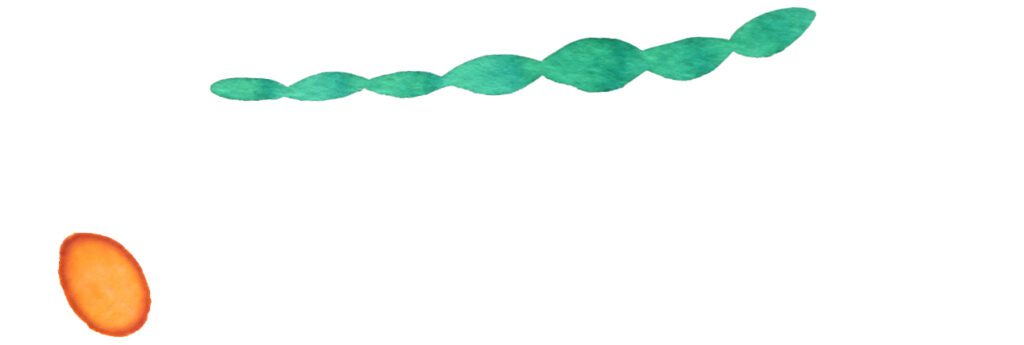
A Letter from the Future Me
(45 min)
Aims:
To create space for one’s own dreams of future and to
strengthen positive emotions connected with the future.
To look for ways to have an impact on one’s own future
and to reflect on one’s future dreams also from the
perspective of adapting to climate change. Lower and
upper secondary school: the exercise develops the transverse
competences aims thinking and learning to learn;
taking care of oneself and managing daily life; participation,
involvement and building a sustainable future; well-being
competence; ethical and environmental competence and
societal competence. Literary art basic education: the
exercise develops the aim of own voice as a writer – the
exercise teaches the learner to verbalize their thoughts on
future, introduces letter as a text type, and expands the
limits of imagination.
Tuning in (10 minutes):
What kind of future do you dream of? In a group, make
a 10-minute imaginary journey into the future that each
participant wishes would come to pass. Seated or lying
down, the participants listen to calming music with their
eyes closed. The teacher prompts the imaginary journey
by reading the following story. Read the story in a relaxed manner, leaving pauses between sentences and between
paragraphs. Before reading, instruct the participants to
take a few deep breaths and to relax.
“You wake up from your sleeping place in your home in 2035. You have slept well and you feel refreshed today. You stretch your limbs and open your eyes. What kind of place have you slept in?
You notice a delicious fragrance. What is this smell in the air? You go to breakfast – luckily you can take it easy this morning. What does your home look like? Do you live alone or with someone, who? Are there pets or houseplants around you? What will you have for breakfast today?
After you’ve had a tasty breakfast, you peek out of the window and take a deep breath. What do you see outside? What is the weather like? What sounds do you hear from the outside?
You remember that today is a special day. You’ll finally get to realise your great dream. What are you going to do soon? How do you feel this morning?
Before you head out to realise your dream, you check that you have everything you’ll need during the day with you. It is 2035 and the effects of climate change are part of everyday life, but people have made attempts to adapt to them. How does climate change affect your everyday life?
You look in the mirror and smile at yourself. There is one thing in particular that has helped you to cope with the occasional challenges in your life. What is it?”
After the imaginary journey, everybody opens their eyes. They can shake or stretch their bodies to return to here and now.
Exercise (20 minutes):
Write a letter from the future to yourself! What could
your everyday life be like in 2035, if you had realised your
dreams and while doing so, also adapted to the effects
of climate change? You can address, for example, the
following themes:
1. What would you like to tell your present-day self about your life in 2035? In the future that you wish for, where do you live? What do you do during the day? Who are your most important loved ones? What sort of creatures do you encounter besides humans?
2. How does climate change affect your everyday life in 2035? How have you adapted to the effects of climate change?
3. What had to happen in the past years, in your own life as well as globally, to make such a future possible? What did you do? What did your home country and other countries do?
4. What piece of advice would you give to your present-day self?
Debriefing (15 minutes):
For each of the preceding points, each participant anonymously
shares a few important words or sentences – this
can be done by writing on sheets of paper taped to a wall
or by adding virtual post-it notes to a shared workspace,
using the Jamboard application: https://edu.google.com/intl/ALL_ fi/products/jamboard/
The words/sentences can be grouped under the following headings that represent the exercise themes:
1. What does your preferred future in 2035 look like?
2. How have you adapted to the effects of climate change?
3. What had to happen to make this kind of future possible?
4. What piece of advice would you give to your
present-day self?
The teacher reads the words/sentences out loud. After this, discuss what kinds of thoughts they inspired, either together with the whole group or in pairs.
The imaginary journey in the tuning in section of the exercise is an adaptation of the Mielikuvarentoutus tulevaisuudesta (“guided imagery relaxation exercise focusing on future”) exercise featured in the Tämä elämä toolkit https://www.tamaelama.fi/tulevaisuuskasvatus/ and has been further developed for this teaching material by Henna Laininen.
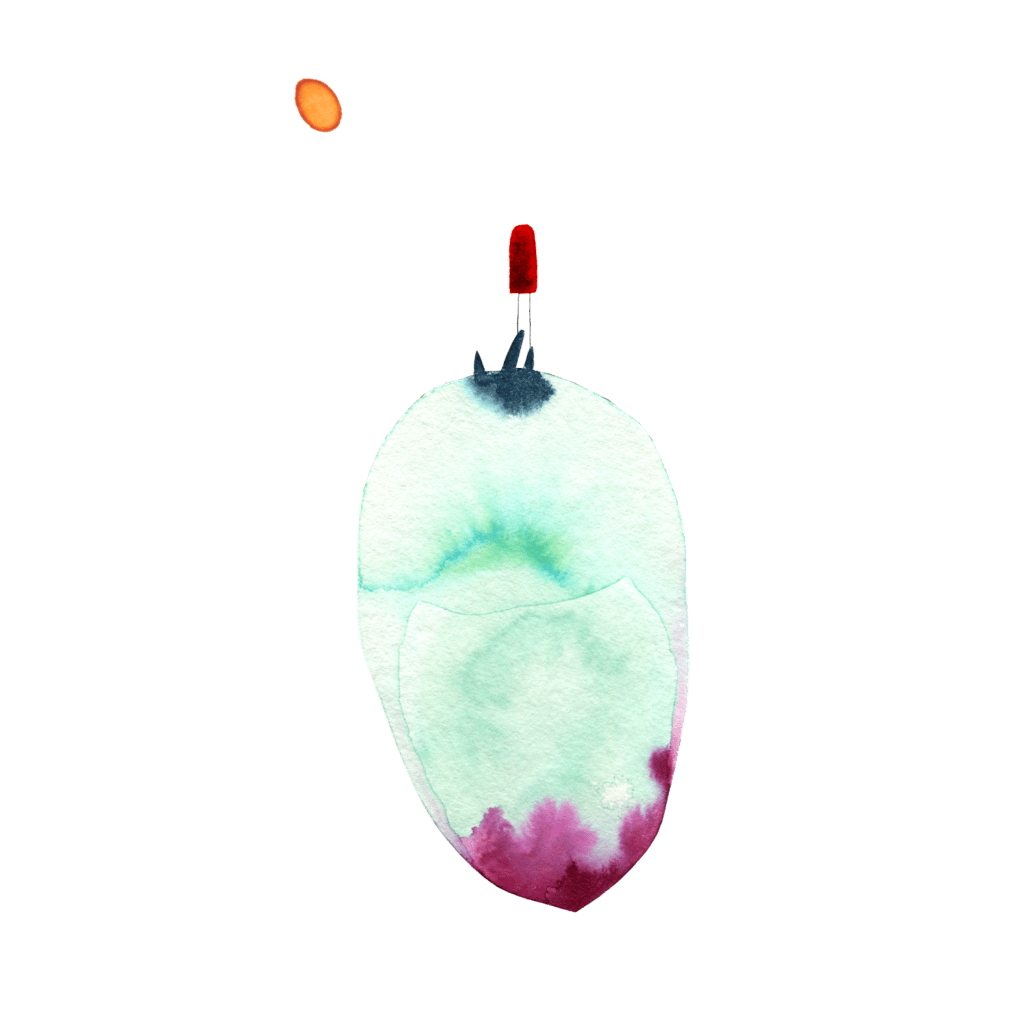

Letters to Future Generations
(45 min)
Aims:
To see one’s own activity as a part of a broader time
perspective, the generational continuum, and to
strengthen the confidence in the impact of personal
choices. Upper and lower secondary school: the exercise
develops the transverse competences aims cultural competence,
interaction and self-expression; participation, involvement
and building a sustainable future; well-being competence;
ethical and environmental competence; societal competence
and global and cultural competence. Literary art basic
education: the exercise develops the aim own voice as a
writer – the exercise introduces collaborative writing as
a writing technique, introduces letter as a text type, and
expands the limits of imagination.
Tuning in (10 minutes):
In pairs, explore for 5 minutes the DearTomorrow website,
where people can leave messages to the future generations:
https://www.deartomorrow.org/type/letter/
After this, spend 5 minutes with your eyes closed, listening to hopeful music and imagining the kind of future you would want to participate in building. One example of suitable music is Arrival of the Birds by The Cinematic Orchestra.
Exercise (20 minutes):
The participants write letters to the future generations
together, one sentence at a time. The teacher instructs:
“In a way, we are all already foreparents as our deeds today affect the lives of the future human, plant, and animal generations on this planet. In the next exercise, we will write as foreparents. What would you want to say to the future generations? Do you want to ask something, for instance, or tell a secret, give advice, ask for forgiveness, or say thanks? Everyone gets an empty sheet of paper where you can write your opening greeting and the first sentence of the letter. After this, you can move freely around the room and continue any letter you wish to, always one sentence at a time. Please remember to write in clear handwriting so that the other participants can read your writing without problems.” The teacher also begins one letter and participates in writing the others.
The participants write in silence and move around the room until every letter has about 7 sentences. After this, everybody returns to the letter that they started.
Debriefing (15 minutes):
Each participant reads out aloud the letter that they
started. When all letters have been read, discuss in the
group what repeating themes there were in the letters
and what thoughts the letters inspired. If the atmosphere
in the group is safe, the reading of the letters can
be turned into a small ritual. The participants stand in a circle and the teacher marks the beginning and the end
of the ritual with an instrument such as a drum or a gong.
The participants take turns stepping in the centre of the
circle to read their letter, figuratively sending it to the
future as they do so.
Important:
The teacher informs the participants about the course of
the ritual beforehand so that everybody knows what is
going to happen. Move at an easy pace. The teacher takes
the first turn, reading the first letter.
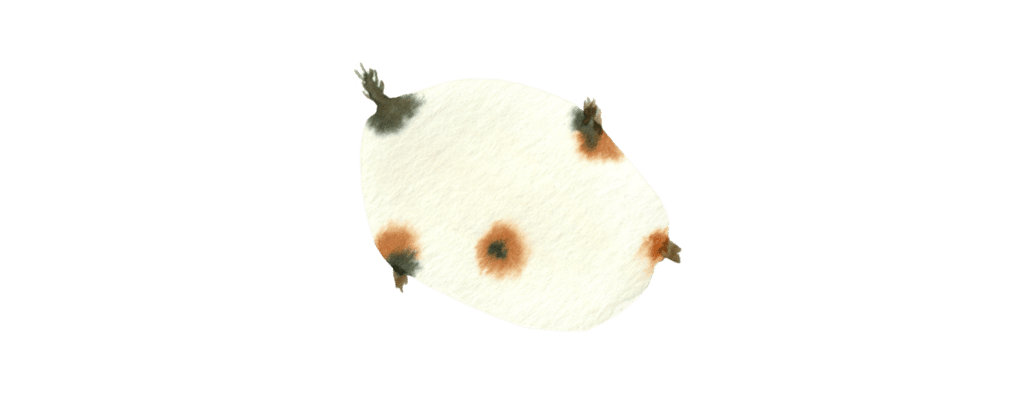
We woke up. Not on just one, but on a thousand
mornings we opened our eyes and our understanding became
deeper, layer by layer. We had lost
ourselves and each other. There was so much of everything,
products, information, superficial opportunities,
consumer choices. Our vision was blocked.
I hope that your vision
regarding climate stays clear.
Air is vital to us; do all you can
to limit the emissions.
Today I feel that I can see most clearly when I sit
on the steps of the Parliament House. Where do you sit?
I sit on a rock, by the sea. The infinity puts
a human in perspective. The smallness in the vastness
becomes visible.
The sea is my landscape, my perspective, the love of my life.
It’s energy and hope.
Treasure these things in your heart!
A text created using the Letters to Future Generations exercise by the participants of the Ilmastonmuutos minussa (“climate change in me”) course at the Turku church social work centre in 2019, course instructor Henna Laininen.

A Utopia of a Sustainable City
(90 min)
Aims:
To reflect together on the prerequisites for a sustainable
future and the concrete steps to be taken to make it a
reality, and to expand the limits of imagination. Lower
and upper secondary school: the exercise develops the
transverse competences aims thinking and learning to
learn; cultural competence, interaction and self-expression;
participation,
involvement and building a sustainable future;
interaction competence; ethical and environmental competence;
societal competence and multidisciplinary creative
competence.
Literary art basic education: the exercise
develops the aims experiential reading and own voice as a
writer – the exercise introduces utopian and dystopian
literature and creating a scene, a character and a story,
and involves sharing personal reading experiences, as
well as collaborative writing experiments, and expands
the limits of imagination.
Tuning in (15 minutes):
1. Explore the concepts of utopia and dystopia by studying
their definitions in a dictionary and reading the article
“Utopia and Dystopia Are Twins – Both Are Born Out of
Criticism” by Jeet Heer in the Nation magazine: https://www.thenation.com/article/society/utopia-dystopia-criticism-dreams/
The teacher reminds the participants of the following viewpoints: Many fictional books that address the future are dystopias – perhaps because readers want stories with suspense. Reality, on the other hand, is often more complex than utopias or dystopias. In the context of environmental issues, for example, there are both positive and negative developments happening in the world: some animal species are on the brink of extinction, but people also work in various ways to protect nature. There are many potential futures, and through the choices we make today we can have an impact on which one becomes reality. Future will probably be a combination of both utopian and dystopian elements, and futures will be different in different places on the Earth.
The teacher gives one example of a utopian or dystopian novel, for example Memory of Water by Emmi Itäranta. The novel can also be read in advance by the participants. (10 minutes)
2. Discuss in pairs:
Have you read fiction or watched movies that describe
utopias or dystopias? What do you think makes a good
story? (5 minutes)
Exercise (75 minutes):
The participants form small groups. The teacher
instructs: “There are many literary dystopias, but it is also
important to consider the kind of future we dream about.
Next, you’ll have an opportunity to come up with ideas for a book that is a utopia about a city in the future that is
built entirely on the idea of sustainability! That said, the
book also needs to be suspenseful and keep the reader
hooked, so it will also have some features of a dystopia.”
The groups are assigned one task at a time, and they
have 10 minutes for each task. After each task, the groups
present their results briefly to the other groups.
1. A sustainable city: Let’s start by imagining the setting for our story. What do you think an ecologically and socially sustainable city in the future – a place that offers an optimal opportunity to thrive to both human and non-human lifeforms – would be like? Make a bulleted list of your ideas on a paper. Accept everyone’s ideas. You can use the list of questions below as the starting point. Finally, come up with a name that’s appropriate for your city.
– What are the living arrangements like in the city?
– What do the people eat?
– How do they travel around the city?
– How does the city produce the energy it needs?
– How do the people take care of nature?
– How do the people take care of each other?
– How does nature take care of the people?
– What is the everyday life of the city’s residents like?
2. The history of the city: Discuss what had to happen to make the city become as sustainable as possible, both ecologically and socially. Write down at least three phases of the city’s history:
– What did the political authorities of the city do?
– What did the businesses operating in the city do?
– What did the civil society organisations in the city do?
– What did the residents of the city do?
– What did other species – animals, plants, insects etc. – do?
If you wish, you can also come up with names that these pivotal eras and moments are called in the history records of the city. For example: “the Tomato Revolution” or “the Era of Downshifting”.
3. The main character of the story: Come up with an interesting main character for a story that takes place in this city. Answer the following questions:
– What is the main character’s name and age?
– Is the main character human, or some other species?
– What does the main character do (occupation, studies,
other activity that is central to the character)?
– What’s the first thing you notice about the main
character
when you meet them?
– What are the main character’s central personality traits?
– What is the main character’s secret dream?
– What weird habit does the main character have?
4. The beginning of the story: In an interesting story, the main character faces a challenge that they must overcome. Even though the main character’s home city is optimally sustainable both ecologically and socially, the effects of climate change are felt there too, making your main character’s life more difficult.
The teacher randomly assigns each small group a challenge on a piece of paper. The challenges are: shortage of water caused by a drought, shortage of food caused by a drought, forest fire, flood, violent storm, the populace of neighbouring city who need help. Instruct the groups not to reveal their challenge to other groups at this point. Answer the following questions:
– What difficulties does this challenge pose for the realisation
of your main character’s secret dream?
– How does your main character intend to overcome this
challenge?
– Which person(s) or member(s) of other species help the
main character?
Finally, come up with an opening sentence that is as grabbing as possible, making it impossible for the reader to put the book down! For instance, you can begin the story in the middle of some exciting action, or the opening sentence can be enigmatic or hint about what is about to follow.
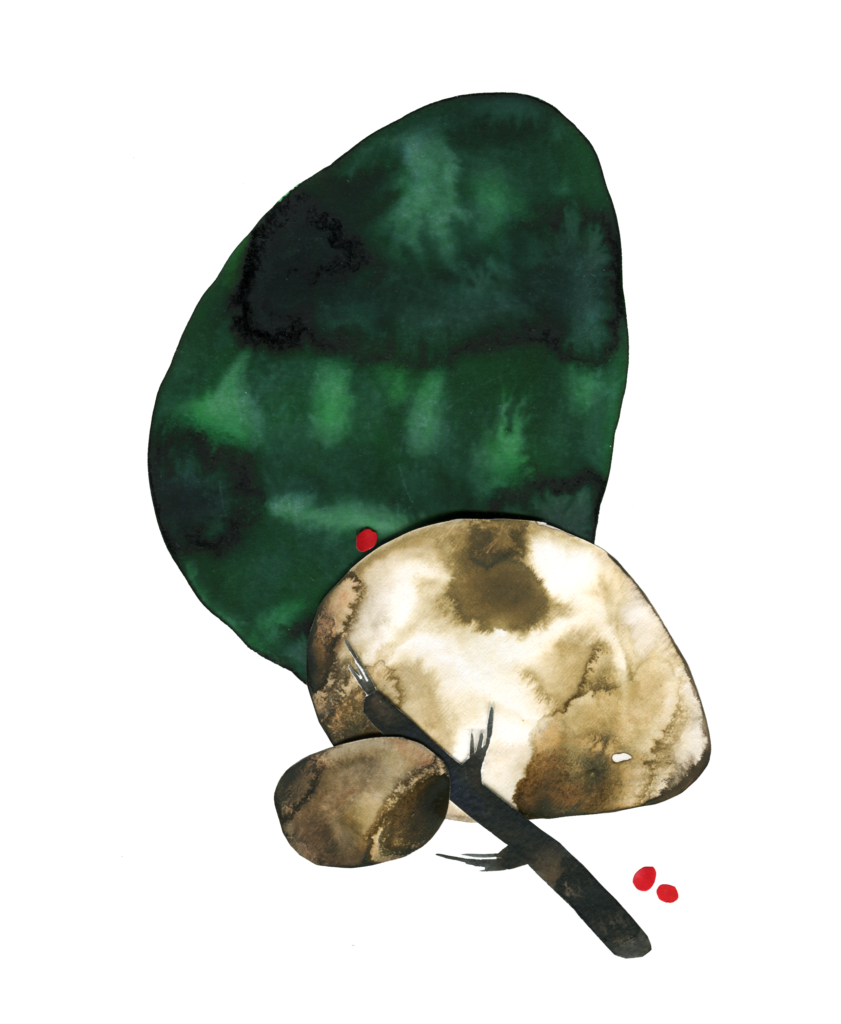

The “Decisive Moment” Dialogue
(30 min)
Aims:
To strengthen positive thinking about future by reflecting
how problematic situations can be overcome with cooperation.
The exercise is suitable to be used as an additional
exercise after the exercise A Utopia of a Sustainable
City. Lower and upper secondary school: the exercise
develops the transverse competences aims taking care of
oneself and managing daily life; cultural competence, interaction
and self-expression; participation, involvement and
building a sustainable future; interaction competence; ethical
and environmental competence and societal competence.
Literary art basic education: the exercise develops the
aim own voice as a writer – the exercise introduces writing
dialogue and experiments with collaborative writing.
Exercise (20 minutes): Participants form pairs. The pairs come up with a problematic issue related to climate change and two humans or members of other species who try to solve the problem. If this exercise follows the exercise A Utopia of a Sustainable City, the pairs come up with a problem that the main character of their sustainable city story faces with another person or a member of another species while trying to overcome their main challenge. Write a dialogue between the two characters by taking turns: each member of the pair writes the lines of their own character. The aim of the dialogue is to come up with a decisive moment. How do the characters work together to come up with a solution to the problem?
Alternative variants:
1) An exercise in brevity:
Each line can contain a maximum of two words. Additionally,
actions by the characters can be indicated in
parentheses. For example:
Hare: (thumps)
Squirrel: Forest fire?
Hare: Must extinguish!
Squirrel: How?
Hare: Use tail!
Squirrel: Whose tail?
Hare: Your tail!
2) Expanding the imagination:
Blindly draw from a cloth bag two unusual objects which
the characters use to solve the problem. The objects must
appear in the dialogue (for example: a magnifying glass
and a balloon).
Debriefing (10 minutes):
The pairs perform their dialogues to the rest of the
group, each member of the pair reading the lines for their
character.
In case of the Exercise in Brevity variant, the
rest of the group can try to guess what actually took place
during the dialogue.
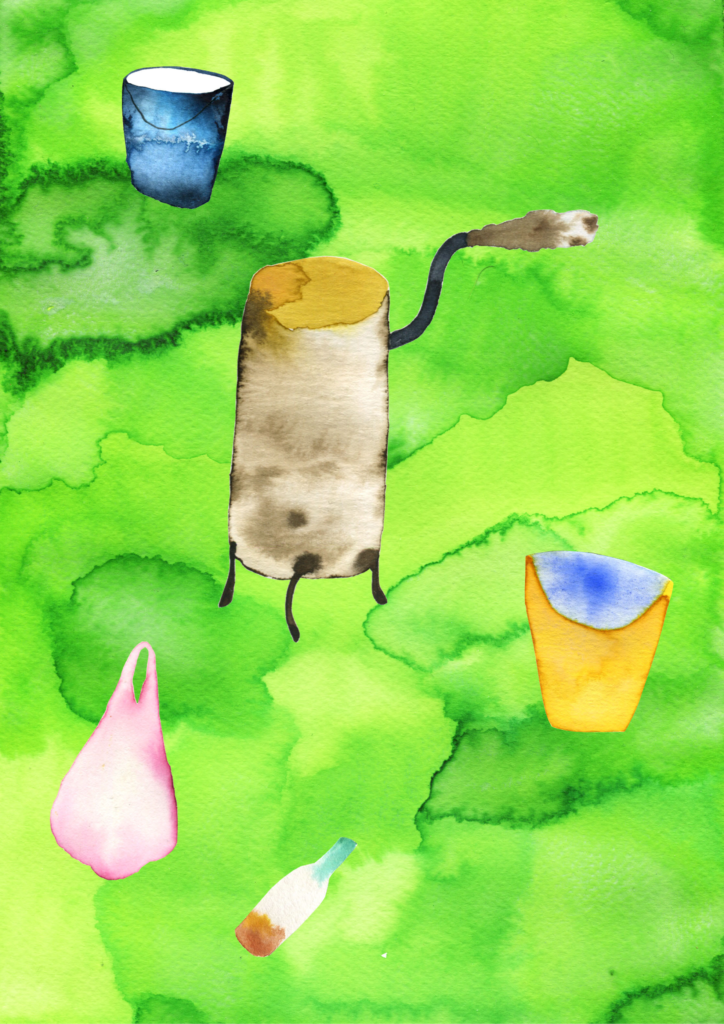

Inventions of the Future
(40 min)
Aims:
To reflect on the role of inventions in building a sustainable
culture by doing a playful exercise. The exercise is
suitable e.g. as an additional exercise after the Utopia of
a Sustainable City exercise. Lower and upper secondary
school: the exercise develops the transverse competences
aims thinking and learning to learn; cultural competence,
interaction and self-expression; participation, involvement
and building a sustainable future; multidisciplinary
creative competence; ethical and environmental competence
and societal competence. Literary art basic education:
the exercise develops the aim own voice as a writer – the
exercise introduces dictionary definition and user manual
as text types, expands imagination, and invites participants
to create new words.
Tuning in (10 minutes):
Learn about important inventions through the history
of mankind by reading individually or with the group
the article “Top 10 inventions that changed the world” by
Jessica Leggett and Natalie Wolchover on the Live Science
news website: https://www.livescience.com/33749-top-10-inventions-changed-world.html Alternatively, the group
can browse The Story of Inventions by Anna Claybourne
(Usborne Publishing Ltd 2012) together.
In pairs, discuss for 5 minutes:
Which invention do you think is the mankind’s greatest
achievement? Which invention has had the greatest
impact on your life?
Exercise (20 minutes):
1. On a paper, list words belonging to the following categories
in vertical columns next to each other (5 minutes):
| Nature | Emotion | Technology | Object | Activity | Apparell or accessory |
| e. g. | e. g. | e. g. | e. g. | e. g. | e. g. |
| squirrel | love | electricity | hammer | running | jacket |
| storm | sorrow | engine | book | kissing | safety reflector |
| moss | surprise | smartphone | flashlight | meditation | backpack |
2. Create new concepts by combining words from different categories. For example: electricity meditation, moss smartphone, love safety reflector. (5 minutes)
3. Which of the new concepts you came up with could be a future invention that contributes to a sustainable way of life? Write a dictionary definition for this invention. (10 min) The definition can include, for example, the following information:
–What does the invention look like? What is it made of?
–How is the invention used?
–What does the invention do?
–What wide-spread effects has the invention had?
–Has the invention caused any negative effects? What?
–Who developed the invention? Was it discovered accidentally
or as a result of sustained efforts?
Additional exercise:
You can also write a user’s manual for the invention. The
manual has step-by-step instructions for using the invention
and also covers what needs to be taken into account
when using it.
Debriefing (10 minutes):
Divide into pairs or small groups. Each participant presents
their innovations to their pair or to the small group. As an
additional exercise, the participants can prepare freeze
frames of their future inventions (see the exercise the Freeze
Frames on Environmental Emotions.
